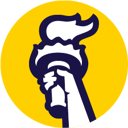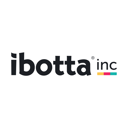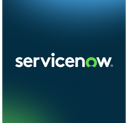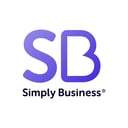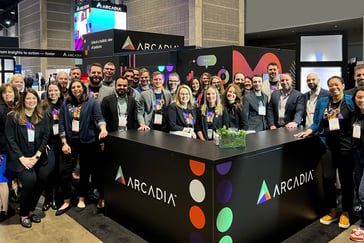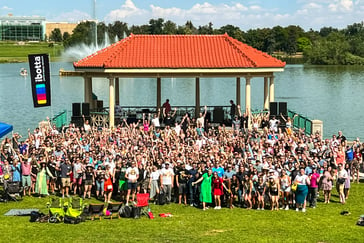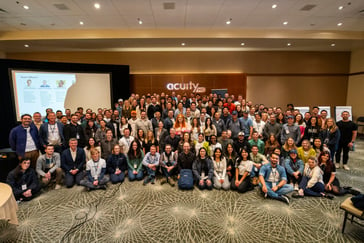Get the job you really want.
Maximum of 25 job preferences reached.
Top Remote Jobs in Boston, MA
Artificial Intelligence • Professional Services • Business Intelligence • Consulting • Cybersecurity • Generative AI
Lead large technology and business projects, create automated workflows, serve as a strategic advisor, and maintain operational excellence. Engage with clients at a senior level to innovate and improve processes.
Top Skills:
Api ManagementAutomationContinuous DeploymentContinuous IntegrationData Integration ToolsData-Driven ApproachesLean ItMobile Application DevelopmentModern Web Application DevelopmentNosql DatabasesScript Languages
Artificial Intelligence • Fintech • Insurance • Marketing Tech • Software • Analytics
Responsible for developing, configuring, and optimizing use cases within SAP FPSL, supporting users and enhancing the finance environment for month-end close processes.
Top Skills:
APIsCvpmDllEtl ToolsFioriPythonRdlSac Analytics For OfficeSap FpslSap S4/HanaSdlSQL
Artificial Intelligence • Fintech • Insurance • Marketing Tech • Software • Analytics
Responsible for developing and configuring SAP FPSL modules, supporting production users, testing, and enhancing the OneGL finance environment.
Top Skills:
APIsEtl ToolsFioriPapmPythonSap FpslSap S4/HanaSQL
eCommerce • Mobile • Payments
The Senior Client Partner Director will lead high-value client relationships, execute long-range account plans, drive transformational growth through partnerships, and manage strategic negotiations.
Top Skills:
Google SuiteLookerSalesforce
Artificial Intelligence • Cloud • HR Tech • Information Technology • Productivity • Software • Automation
The Principal Platform Architect guides customers in their digital transformation, provides architectural leadership, and ensures alignment between business objectives and technology solutions using ServiceNow.
Top Skills:
AWSAzureSalesforceServicenowWorkday
New
Cut your apply time in half.
Use ourAI Assistantto automatically fill your job applications.
Use For Free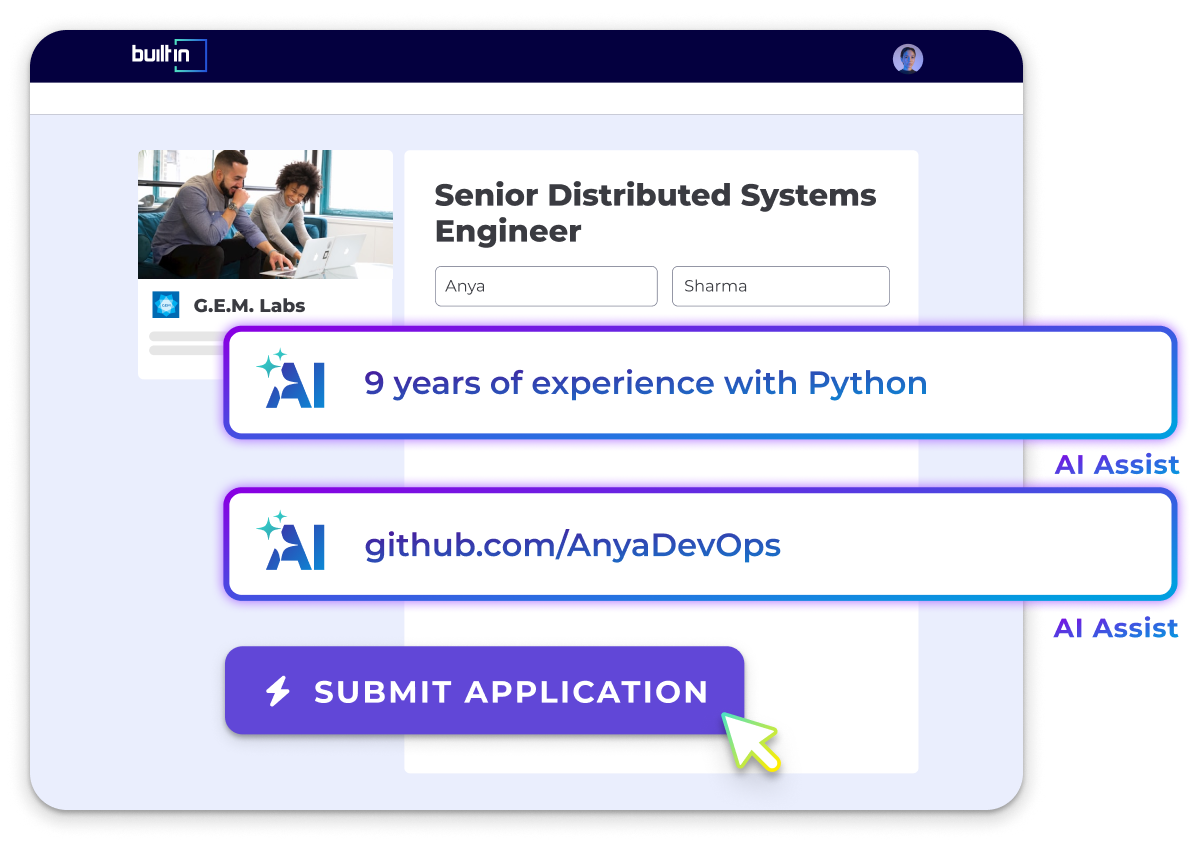
Big Data • Fitness • Healthtech • Information Technology • Software • Analytics
The Enterprise Implementation Manager leads and manages complex implementation projects for clients, ensuring successful product delivery and customer satisfaction through effective communication and project coordination.
Top Skills:
Claims DataEhrQlikviewSQLTableau
Healthtech • Software
The Associate Product Marketing Manager will support product marketing initiatives, develop messaging, conduct market research, and collaborate with sales and customer success teams to enhance product positioning.
Top Skills:
B2B SaasData AnalysisMarket Research
Fitness • Hardware • Healthtech • Sports • Wearables
The Associate Creative Director, Art leads creative visual expression while mentoring designers, collaborating across teams, and ensuring brand consistency through innovative campaigns.
Top Skills:
Ai ToolsDesign Software
Fintech • Information Technology • Insurance • Software
The Senior Underwriter will manage underwriting quality and profitability, analyze trends, develop product recommendations, and collaborate with internal and external teams for growth.
Top Skills:
Data AnalysisInsurance TechnologyUnderwriting Software
Artificial Intelligence • Cloud • Information Technology • Sales • Security • Software • Cybersecurity
The Director of Procurement at Rapid7 will lead procurement efforts, manage a team, negotiate contracts, identify cost-saving opportunities, and develop vendor relationships.
Top Skills:
Erp Systems
Fintech • HR Tech
As Principal Software Engineer at Gusto, you'll architect scalable payroll systems, lead cross-functional projects, mentor engineers, and drive product strategy.
Top Skills:
GraphQLRuby on RailsReactRestful ApisRubyTypescript
Top Companies in Boston, MA Hiring Remote
See AllPopular Boston, MA Remote Job Searches
Remote Jobs in Boston
Remote .NET Developer Jobs in Boston
Remote Account Executive (AE) Jobs in Boston
Remote Account Manager (AM) Jobs in Boston
Remote Analysis Reporting Jobs in Boston
Remote Analytics Jobs in Boston
Remote Android Developer Jobs in Boston
Remote Business Intelligence Jobs in Boston
Remote C# Jobs in Boston
Remote C++ Jobs in Boston
Remote Content Jobs in Boston
Remote Customer Success Jobs in Boston
Remote Cyber Security Jobs in Boston
Remote Data & Analytics Jobs in Boston
Remote Data Engineer Jobs in Boston
Remote Data Management Jobs in Boston
Remote Data Science Jobs in Boston
Remote UX Designer Jobs in Boston
Remote DevOps Jobs in Boston
Remote Engineering Manager Jobs in Boston
Remote Finance Jobs in Boston
Remote Front End Developer Jobs in Boston
Remote Golang Jobs in Boston
Remote Hardware Engineer Jobs in Boston
Remote HR Jobs in Boston
Remote Internships in Boston
Remote iOS Developer Jobs in Boston
Remote IT Jobs in Boston
Remote Java Developer Jobs in Boston
Remote Javascript Jobs in Boston
Remote Legal Jobs in Boston
Remote Linux Jobs in Boston
Remote Machine Learning Jobs in Boston
Remote Marketing Jobs in Boston
Remote Office Manager Jobs in Boston
Remote Operations Jobs in Boston
Remote Operations Manager Jobs in Boston
Remote PHP Developer Jobs in Boston
Remote Product Manager Jobs in Boston
Remote Project Management Jobs in Boston
Remote Python Jobs in Boston
Remote QA Engineer Jobs in Boston
Remote Ruby Jobs in Boston
Remote Sales Development Representative Jobs in Boston
Remote Sales Engineer Jobs in Boston
Remote Sales Jobs in Boston
Remote Sales Leadership Jobs in Boston
Remote Sales Operations Jobs in Boston
Remote Salesforce Developer Jobs in Boston
Remote Scala Jobs in Boston
Remote Software Engineer Jobs in Boston
Remote Tech Support Jobs in Boston
All Filters
Total selected ()
No Results
No Results

